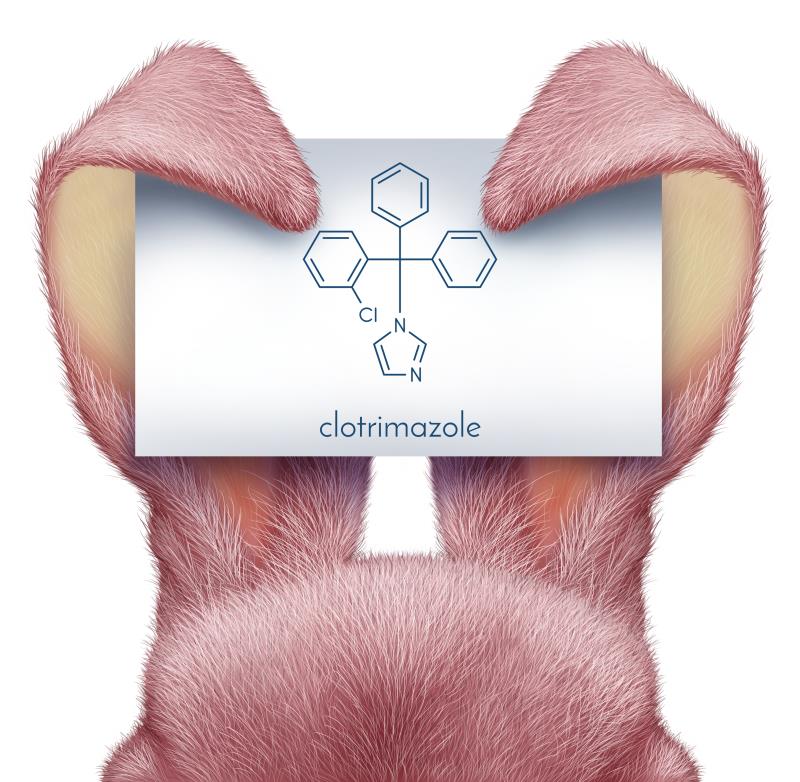Clotrimazole beats tolnaftate for uncomplicated otomycosis





Weekly application of clotrimazole cream is more effective than twice-daily administrations of tolnaftate solution for the treatment of uncomplicated otomycosis, a Mexican study suggests.
“The cream is probably more efficacious than the drops because it covers all the extension of the [external auditory canal (EAC)] skin and stays in contact with this surface for a longer time,” said the researchers.
The EAC is a suitable breeding ground for fungi owing to the carbohydrates, proteins, temperature, humidity, and adequate pH in this area that are necessary for their growth. Apart from tropical and humid weather, various other factors* may also trigger the development of otomycosis, which favour the germination of spores and conidia of the prevalent fungi. [Int J Microbiol 2014;2014:1-9; Braz J Otorhinolaryngol 2009;75:367-370; Mycoses 2008;51:67-70]
Forty-eight adults (mean age 41.7 years, 63 percent male) underwent cleaning and debridement of the EAC and were randomized to receive clotrimazole cream applied in-office and left on day 1 (n=28), or tolnaftate solution Q12H, for 7 days (n=20). Persistent infection warranted recleaning and retreatment with the same drug. Infection persisting beyond two treatment courses merited a switch to the opposing drug. [Braz J Otorhinolaryngol 2020;86:300-307]
After 1 week, the percentage of clotrimazole participants achieving complete resolution was nearly double the number of those receiving tolnaftate (75 percent vs 45 percent; p=0.007).
Moreover, only 7 percent of clotrimazole recipients experienced recurrence, resolving after treatment week 2 without having to switch treatments. With tolnaftate, there was a 20-percent recurrence rate and a 15-percent treatment failure rate, with one case of unresolved infection that progressed to complications (ie, tympanic perforation and bacterial overgrowth).
These findings reflect the edge of the clotrimazole cream over the tolnaftate drops in this setting. “[C]lotrimazole was easier [to apply] and less expensive [as] it was carried out in the doctor’s office, and [patients were checked] every week. [Whereas with tolnaftate, it] required greater patient adherence because it was applied at home,” they added.
Topical antifungal agents are recommended for treating otomycosis, alongside local debridement and control of predisposing factors, noted the researchers. While these measures are effective, the recurrence rate for otomycosis is high. [Otolaryngol Head Neck Surg 2006;134:S4-S23]
The results support evidence showing clotrimazole as the most effective and popular alternative among the various treatment options for otomycosis, with reported efficacy rates of up to 100 percent. [Int J Pediatr Otorhinolaryngol 2005;69:957-960; Int J Pediatr Otorhinolaryngol 2008;72:453-459; J Ayub Med Coll Abbottabad 2013;25:78-80]
The researchers also underlined the importance of careful debridement of the EAC, as this facilitates the elimination of infectious matter to render the target surface suitable for absorbing the topical treatment agent used. They also called for larger and longer-term trials to substantiate the findings.